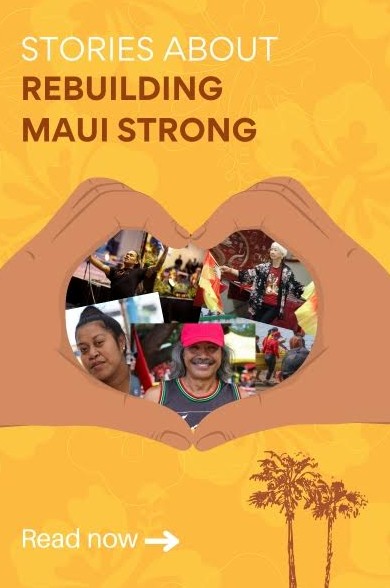By Mark Lee
There’s a new movie called The Legend of Ochi opening in local theaters. It’s a fantasy adventure about a young girl and a mysterious animal in a beautifully imagined world. The trailer is striking, and the story looks promising. I was excited to see something new—until I noticed something very old: the magical creature is, once again, pale and glowing.
In a world that could look like anything, the “special” animal still has to look white.
It’s a pattern that shows up again and again in Hollywood fantasy: The Lion King, Bambi, How to Train Your Dragon, The Last Unicorn. The noble or magical animals—ones we’re meant to love, trust, or see as special—almost always have light or white coloring. The dark ones?
They’re often aggressive, mysterious, or secondary.
This isn’t about one film. It’s part of a long-standing visual bias. White is coded as pure, good, magical. It’s an automatic shortcut by Hollywood filmmakers. And kids are always watching.
Back in the 1940s, psychologists Kenneth and Mamie Clark ran the famous “doll experiment,” showing Black children two dolls—one white, one Black. Most chose the white doll as “good” and “pretty,” even when asked which looked like them. That research helped support the U.S. Supreme Court’s decision in Brown v. Board of Education (1954), the landmark case that struck down racial segregation in public schools.
We like to think things have changed—but have they really?
Yes, we’ve seen more heroes of color in animated films in recent years—Moana, Mulan, Raya and the Last Dragon, Encanto, The Princess and the Frog. But those stories are mostly cartoons. In live-action fantasy—where the world is meant to feel “real”—the leads are still almost always white.
There’s another pattern, too: most of the better known animated heroes of color are girls. It’s meant to signal progress—and in many ways it does—but it also sidelines boys of color, who are rarely portrayed as chosen, powerful, or central. If diversity shows up at all, it’s confined to certain lanes.
So when an Asian, Black, Latino, Middle Eastern, or Indigenous boy watches The Legend of Ochi, he doesn’t see himself bonding with a glowing, magical creature. He doesn’t see himself as the child who saves the world. He gets the quiet message that the magic doesn’t belong to him—not in fantasy stories, and not in real life either, where roles of wonder, power, and creativity are still rarely shown with someone who looks like him.
This isn’t about canceling white animals or replacing every lead character. It’s about questioning why, in 2025, we still default to white when we want to signal value, beauty, or wonder. Why do storytellers find it so hard to portray goodness in other forms?
What if the noble creature had dark brown fur and black eyes? What if the chosen child wasn’t blond, but Asian, Black, Latino, Middle Eastern, or Native? What if the story opened Up?
Until we change what we see on screen, we’ll keep reinforcing what we value off it.
Support our June Membership Drive and receive member-only benefits. With less than five days left in our fundraising drive, we are running out of time. We are just 50% of our goal of $10,000 in new donations and monthly and annual donation pledges and 44% of our goal of gaining 25 new recurring donors by the end of the month. We need your help during these challenging times. Please help to ensure quality content in amplifying the voices of the AAPI community.
We are published by the non-profit Asian American Media Inc and supported by our readers along with the Robert Wood Johnson Foundation, AARP, Report for America/GroundTruth Project & Koo and Patricia Yuen of the Yuen Foundation.
You can make your tax-deductible donations here via credit card, debit card, Apple Pay, Google Pay, PayPal and Venmo. Stock donations and donations via DAFs are also welcomed. Contact us at info @ asamnews dot com for more info.





While I agree with you overall, there’s one movie I have to disagree about. Everyone I know watches How to Train Your Dragon for Toothless. I don’t know the name of the humans off the top of my head. Change the humans, no big deal. Change Toothless and the story is ruined. Change his color and the story is ruined. Toothless isn’t beloved because he’s mysterious, but because he’s relatable. How would you count Turning Red? As far as non-white male heroes I love the Miles Morales movies. As far as tv series I love Avatar (cartoon version). How would the Pokemon rate? I think many of them are colors not found in nature, but white doesn’t signify good. Yellow maybe?
It says something that I can only come up with singular examples. They, not counting Pokémon, happen to have been/ be some of my favorite shows.
If it matters, I am 57 year old cis white woman who goes by she/her.